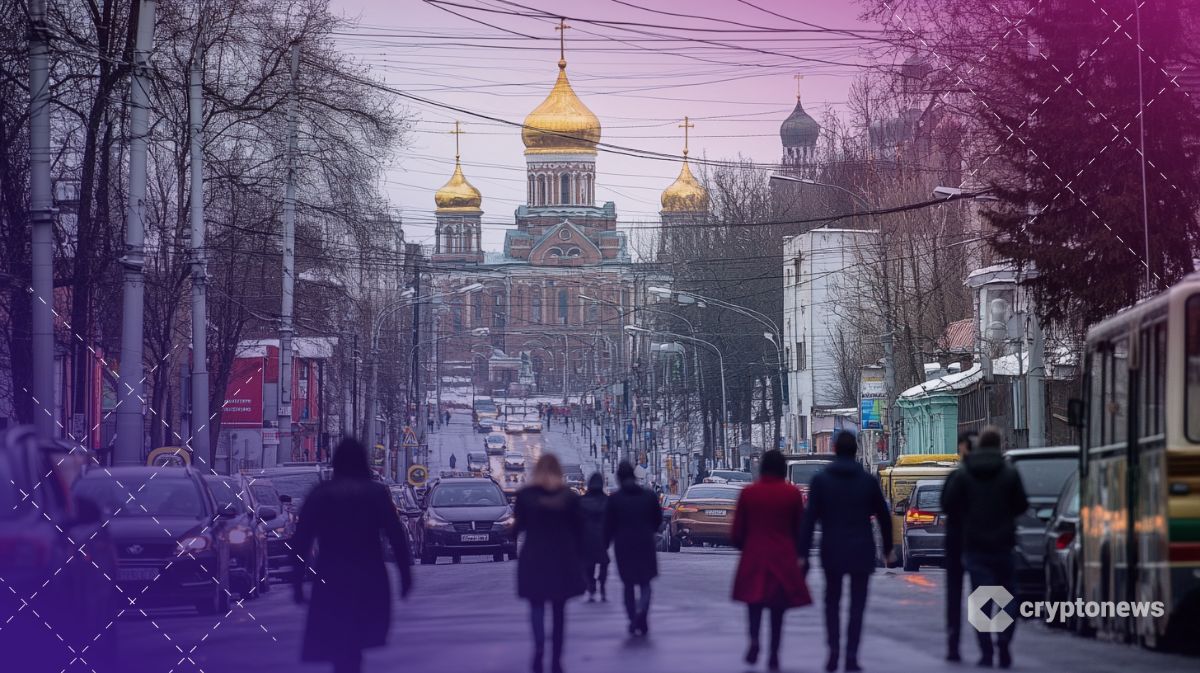Spot Bitcoin and Ethereum ETFs attract $20b, topping all asset classes since April
Spot crypto ETFs have seen $20 billion in inflows since April, outclassing all other ETF types.
Spot crypto dominated ETF inflows in the second quarter of 2025. On Wednesday, July 15, NovaDius Wealth President Nate Geraci highlighted the strong performance of spot ETFs. According to a chart by Todd Sohn from Strategas, spot crypto ETFs recorded $20 billion in inflows since April 8, more than any other ETF category.
Spot crypto ETFs, specifically spot Bitcoin (BTC) and Ethereum (ETH) ETFs, drew twice as much capital as precious metals. In fact, they attracted more inflows than both precious metal and commodity ETFs combined.
Bitcoin and Ethereum ETFs also exceeded the combined inflows into thematic fund ETFs and Treasury bill ETFs. This is notable given the rise in Treasury yields during the same period and the growing popularity of AI-focused thematic funds.
These inflows suggest that more investors are turning to Bitcoin as a hedge against inflation and geopolitical risk, a role traditionally held by gold, silver, and other commodities.
Bitcoin ETFs top gold by speed of inflows
Since the launch of Bitcoin ETFs, inflows have surged rapidly. A chart shared by Phil Rosen shows the pace of growth compared to gold ETFs. Over the past 13 years, gold ETFs have attracted approximately $70 billion in inflows. By comparison, Bitcoin ETFs have accumulated $50 billion in just 150 trading days since their launch.
Still, gold ETFs continue to dominate in terms of assets under management. For instance, the largest among them, the SPDR Gold Shares ETF, has $102.12 billion in AUM alone. The second largest, BlackRock’s iShares Gold Trust, has $47.75 billion in AUM.
This suggests that while Bitcoin has gained ground as a macro hedge, it still has a long way to go before it can rival gold as a dominant store of value.
You May Also Like

When Cryptocurrency Returns Are Poor, You Need a Plan B

Russia’s Sberbank Seeks Green Light for Crypto Custody Amid Regulatory Push
